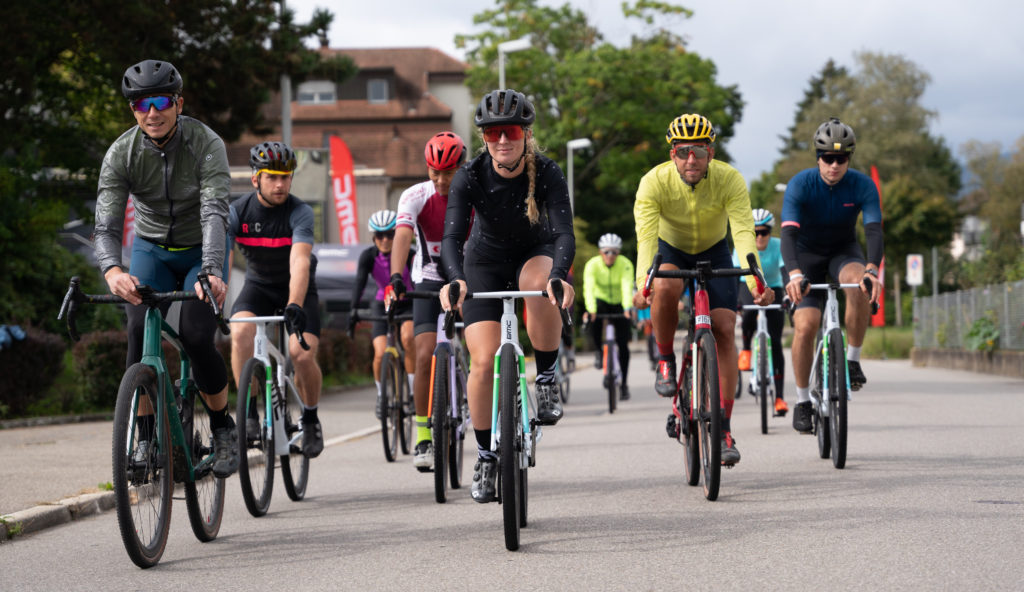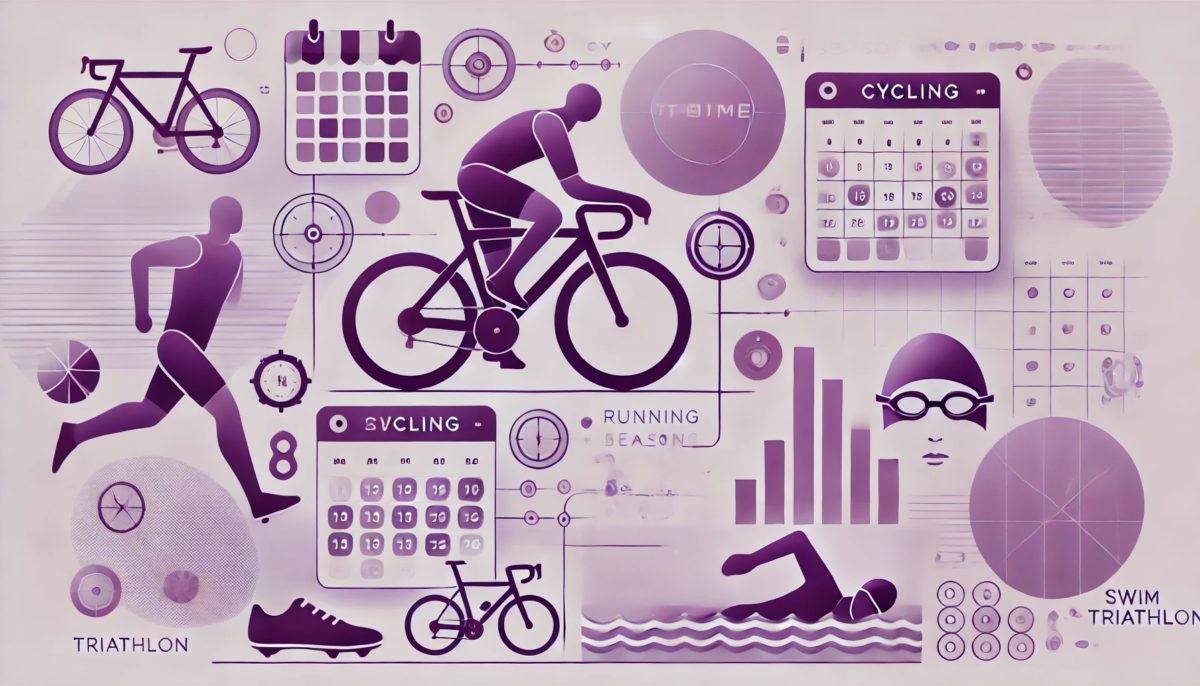2PEAK will always create an optimal, dynamic training plan based on your needs. By scheduling training days and races smartly, you can enhance 2PEAK’s optimization. Setting a goal with a main race and prep races is key for effective season planning. This article explains why and how to do it best on 2PEAK.
Target race planning
Whether you are an amateur athlete or a Tour de France cyclist makes no difference: trainings should be organized according to one or two main events/races, and around them you determine preparation races and recovery phases. 2PEAK helps you in this regard to calculate the best path to top form at the required time, i.e., on target race day. In life, however, things do not happen linearly, and the unexpected is always around the corner. The 2PEAK training plan is adaptive and dynamic, and can be recalculated taking into account changes that have occurred.
How to plan races and goals with 2PEAK
Seasonal peaks and stimulus-rest alternation
Obviously, staying at peak form throughout the whole year is impossible, as the body needs long-term recovery in long periods (macro-cycles) just as it does in short periods (micro-cycles or weekly cycles). Form is the result of alternating between stimulation and rest. If you consistently stay on the same fitness level, it means you are not maximizing your potential. Ups and downs are a natural component of an athlete’s life.
Therefore, don’t be too ambitious at the beginning of the year: if you want to peak in July, there’s no need to train too hard in January. Most of us stay motivated in training for about 3 months, which is why you start the preparation phase 3 months before the main competition. Before this phase, however, it is necessary to set the foundations by working hard on the basic endurance zone.
We need to decide when we aim to reach peak form, and then try to extend this period of good shape over four to six weeks. Identifying “seasonal peaks” is a key practice in season planning, and it is called periodization: it is the process of methodically splitting up your training into specific micro-meso-macro cycles of endurance, intensity, and recovery.
There are different types of periodization, and 2PEAK uses several depending on the athletes’ goals and experience. One example is to define a periodization with two peaks (spring/autumn), coinciding with two main races (many athletes prefer to focus on one goal instead). A periodized training plan works well because it optimizes adaptation by properly balancing stimulus and rest with intense training and recovery. This ensures continuous progress.
Check out our article on periodization for more information.

2PEAK therefore adheres to this training philosophy. Main races mark seasonal peaks and are specifically trained 4 to 12 weeks in advance. Then follows a recovery phase of one to two weeks post-race.
Typically, preparation begins with an endurance block, which usually contains the longest workouts of the season, followed by an intensive block with less volume but more intensity. This phase ends about 10 days before the expected peak. At this point, it is “tapering” time. The training volume is significantly reduced to allow the body to fully recover from the training stress. At the same time, shorter and more intense intervals continue to be trained to prevent the body from switching to a completely passive mode.
The massive reduction in workload, combined with the previous stimuli, determines the optimal form for the main race. Do not get nervous by training too intensely in the disposal period; you will only waste all the efforts made in the previous months.
After the race
After the main event, the challenge is to maintain the hard-earned form for as long as possible. For example, adding one or more B-events. B-events differ from the main races because preparation takes place a few days before the event. The related recovery phase is also short.
You can plan as many B events as you wish. But even then, you should focus on the most important ones, such as three or four races after the main event. Another type of race you can schedule are “training races“, which are used as intense workouts under race conditions but affect only micro-cycles (weekly). Since they are simply used for intense training, they do not have to be specifically prepared. They must be included in the intensity phase to keep the training plan on track.
Summary of 2PEAK races:
- Main races
So here is day X, the most important moment! This is where you’ll want to be at the top of your game. Main races are the benchmarks of your periodization and require 4 to 12 weeks of specific preparation and 1 to 2 weeks of post-event follow-up. The main races must be selected carefully. One main race in a peak is sufficient.
- B events
Important races but with lower priority than main events. Preparation and follow-up for B events take only a few days. Ideally, they should be planned in the weeks following a main event or at least 4 weeks before it, in order not to compromise training. They are useful for extending the top period of form.
- Training Races
The name says it all: training competitions are used as intense workouts in a competition environment and do not affect the structure of your training plan. Training competition days are treated as a normal workout in the plan. Winning is not forbidden (you can sprint!), but this is not the primary goal.
How to plan the season with 2PEAK
So how to plan the season in 2PEAK? First, select your main race. Enter it into your 2PEAK account (top left, under goals) to get a plan. If you don’t have an account yet, take advantage of a free 14-day trial subscription. Once entered, recalculate the plan. By switching to the annual view, you will be able to see the structure of your periodization with planned intensity phases.
Now plan the training races during the intensity phases leading up to your main race. These tune-up races can be done without specific preparation. Afterwards come the B-races, about four weeks before the main race or in the weeks following. Training camps should be completed no later than six weeks before a scheduled main race.
The basic training structure is based on the available time and your personal goals and provides an overview of the distribution of training volume and intensity. Only the main races are decisive for long-term periodization and for building peak fitness. Tune-up races only affect the microcycles (weekly structure).
A maximum of 180 days will be displayed, since beyond this period the plan is more likely to change than remain the same. Do not confuse the TRAINING PHASES you are in with the TRAINING ZONES in which you perform individual workouts. The PHASE indicates the position within the macrocycle, while the ZONE defines the intensity of each session.
